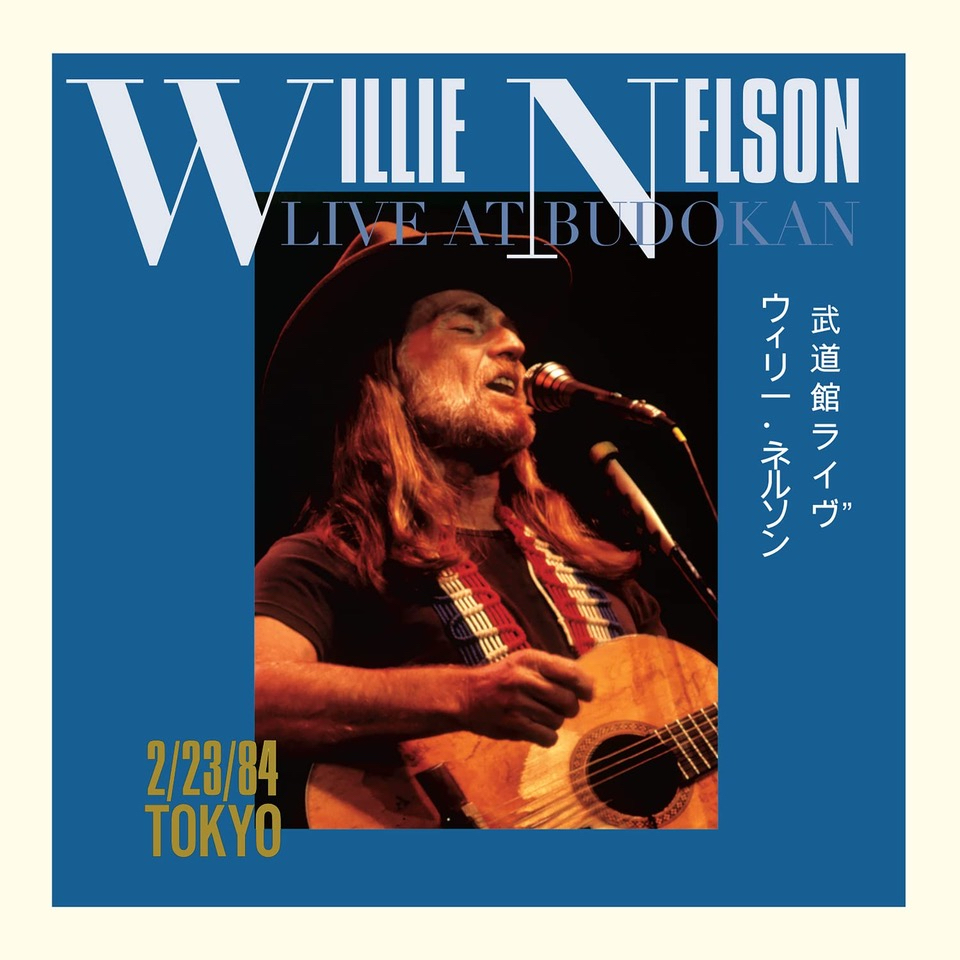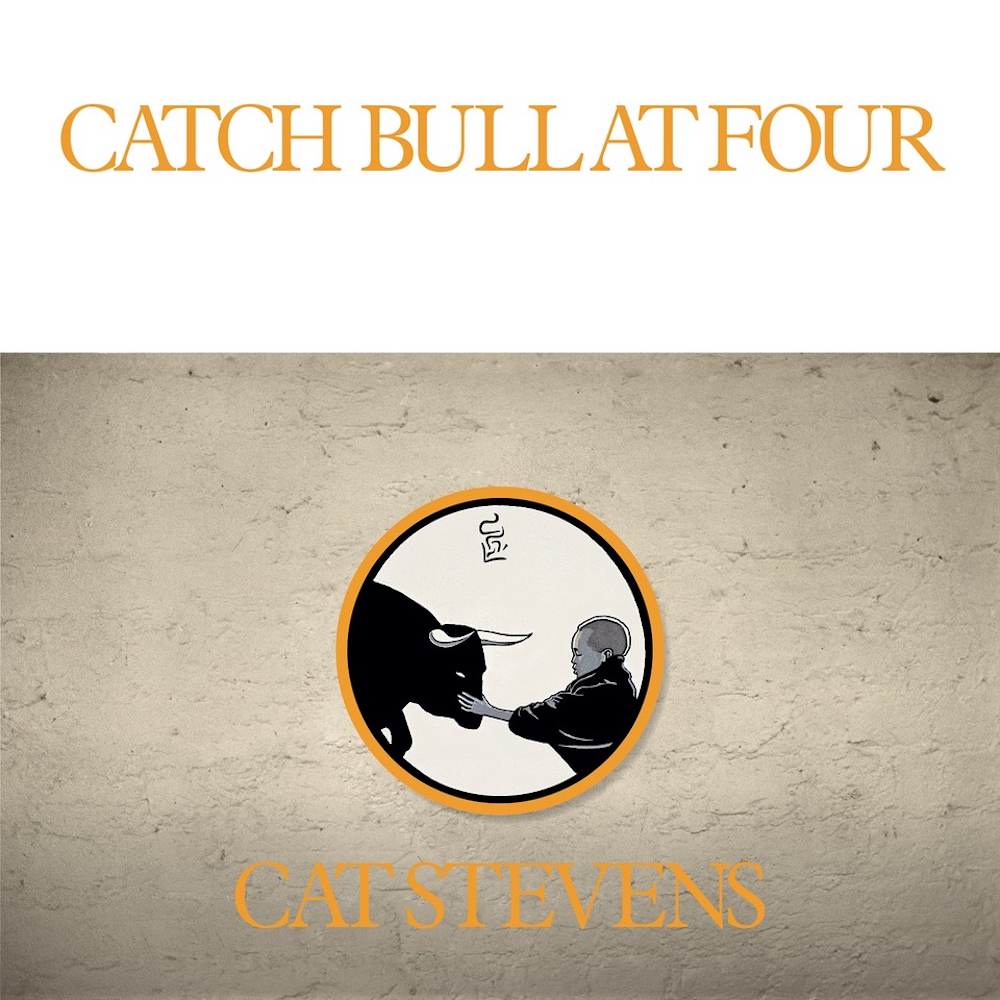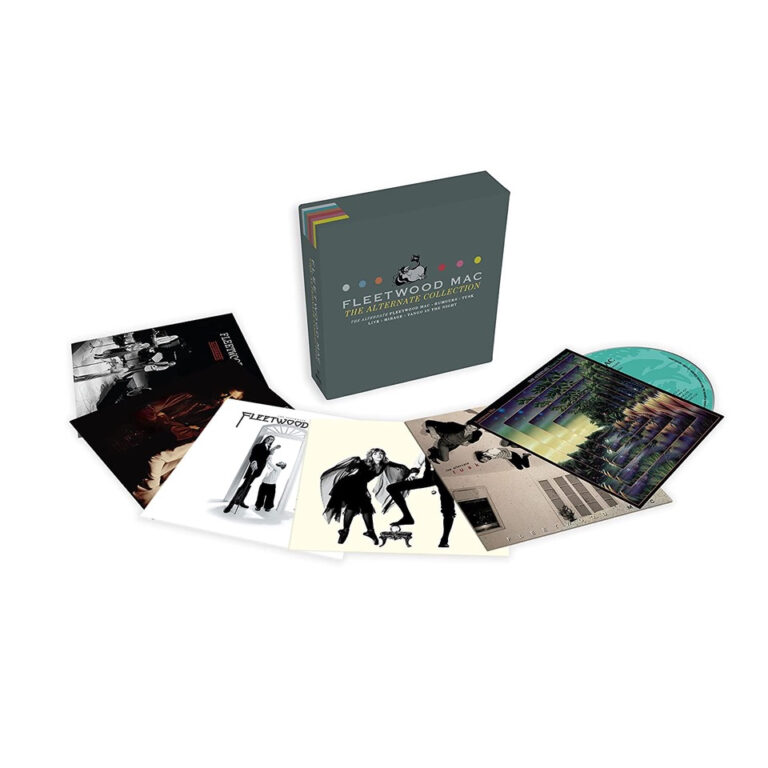After Fleetwood Mac unceremoniously ejected Lindsey Buckingham from the group in 2018, the chances that we’d ever again hear new music from the group’s classic lineup seemed remote. Now, following the recent death of Christine McVie, who joined the band way back in 1970, those chances have dropped to zero.
At least there’s a large catalog of recorded material to remind us of just how potent a force this band could be. It includes not only a long list of studio and live albums, but a ton of alternate takes, versions, and mixes, as well as demos and rehearsal recordings.
You’ll find lots of this sort of bonus material in Fleetwood Mac’s The Alternate Collection. A limited-edition, clamshell-boxed anthology, it contains six CDs (or eight vinyl LPs) and includes versions of six of the group’s biggest albums that preserve their original cover art but offer different recordings of each of their tracks.
Before we discuss the music, a caveat: for some listeners, The Alternate Collection will represent more of a repackaging than a revelation. The contents have been previously issued on vinyl for annual Record Day events and have also appeared on deluxe editions of the original albums. Such an edition of the group’s eponymous 1975 LP came out in 2012 and was followed in later years by box sets devoted to 1977’s Rumours, 1979’s Tusk, 1980’s Live, 1982’s Mirage, and 1987’s Tango in the Night.
If you own or plan to purchase these sets, you don’t need The Alternate Collection. If, on the other hand, you have just the original albums, this package may represent a smarter purchase than the earlier anthologies. It offers no liner notes and fewer alternate versions, but it embraces the lion’s share of the most interesting such versions and costs far less than you’d spend for all the deluxe editions.
Often, when a band releases demo or rehearsal tracks or alternate mixes, their weakness serves only to point up the wisdom behind the choices for the official album. That’s only sporadically the case here. Some of the recordings (especially many of the concert tracks) are as good as – or arguably even better than – the familiar ones. And even in the numerous instances where the well-known versions seem superior, the alternates often prove illuminating. Granted, some of the outtakes, such as Tango in the Night’s “Seven Wonders,” differ only subtly from the original recordings, but others feature different lyrics or vastly altered musical approaches.
By stripping away production gloss, some of them – including, for example, many of the Rumours tracks – shine a light on a composition’s underlying strength. In other cases, it’s the opposite: you can hear how the group took a flat-sounding, relatively prosaic recording, added musical touches and production magic, and transformed it into an extraordinary final rendition. One example of that: The Alternate Collection’s “Suma’s Walk,” an amiable but unremarkable instrumental riff that with a new name, beefed-up instrumentation, and terrific vocals, became the Mirage ear candy known as “Can’t Go Back.”
For casual listeners, the original albums should suffice. Serious fans, though, will find The Alternate Collection fascinating.

A 1984 Concert Underscores Willie Nelson’s Versatility
Aside from introducing song titles and band members and thanking the audience for applause, Willie Nelsondidn’t talk much during his February 1984 concert at Japan’s Nippon Budokan arena. Some of his listeners probably wouldn’t have understood him if he had because they didn’t speak English. Still, as Nelson says in liner notes for Live at Budokan, a new two-CD and DVD release of the show, “Music is a great communicator…[people] will hear it in whatever language they are listening.”
The enthusiastic crowd for this 27-song concert underscores that statement while showing off Nelson’s versatility as a singer and a songwriter. Backed by a band that features his talented piano-playing sister Bobbie (who died last March at age 91), he hits all the bases in his repertoire and delivers some of his most famous numbers, including “Always on My Mind,” the self-penned “On the Road Again,” and Fred Rose’s “Blue Eyes Crying in the Rain,” from 1975’s game-changing Red-Headed Stranger concept LP.
Who else could deliver traditional and outlaw country tunes like “If You’ve Got the Money Honey I’ve Got the Time,” “Mammas Don’t Let Your Babies Grow Up to Be Cowboys,” and “Only Daddy That’ll Walk the Line” and in the same show tap the Great American Songbook for beautifully rendered performances of songs like Hoagy Carmichael and Mitchell Parish’s “Stardust” and Irving Berlin’s “Blue Skies”? There’s only one Willie.

An Anniversary Edition of Cat Stevens’s ‘Catch Bull at Four’
Three of the albums that Cat Stevens released prior to Catch Bull at Four – 1970’s Mona Bone Jakon and Tea for the Tillerman and 1971’s Teaser and the Firecat – have been the subject of gargantuan golden-anniversary box sets that included up to five CDs each with new mixes, alternate versions, demos, concert material, and rehearsal tapes, plus Blu-rays, vinyl LPs, hardcover books, frameable artwork, and assorted other memorabilia. So, what do we get for the 50th-anniversary edition of Catch Bull at Four, which happens to have been Stevens’s only No. 1 U.S. album (though ultimately not his bestseller)? Just a remaster of the original record in a cardboard sleeve and a little booklet with the lyrics. One can only conclude that the three previous boxes didn’t sell well enough to justify a fourth.
It would have been nice if the new edition of Catch Bull at Four had at least incorporated some bonus tracks and liner notes. The good news, of course, is that it’s much more affordable than the boxes.
As for the music, any fan who doesn’t own the original CD will want to pick it up. Overall, the record isn’t as engaging as the earlier releases, and a few tracks, including “Angelsea” and “Freezing Steel,” feel like filler. On numbers like “Sitting” (a Top 20 hit single) and “The Boy with a Moon and Star on His Head,” however, Stevens showed he could still deliver the catchy melodies and earnest, distinctive vocals that characterized his previous LPs.
Jeff Burger’s website, byjeffburger.com, contains five decades’ worth of music reviews, interviews, and commentary. His books include Dylan on Dylan: Interviews and Encounters, Lennon on Lennon: Conversations with John Lennon, Leonard Cohen on Leonard Cohen: Interviews and Encounters, and Springsteen on Springsteen: Interviews, Speeches, and Encounters.



